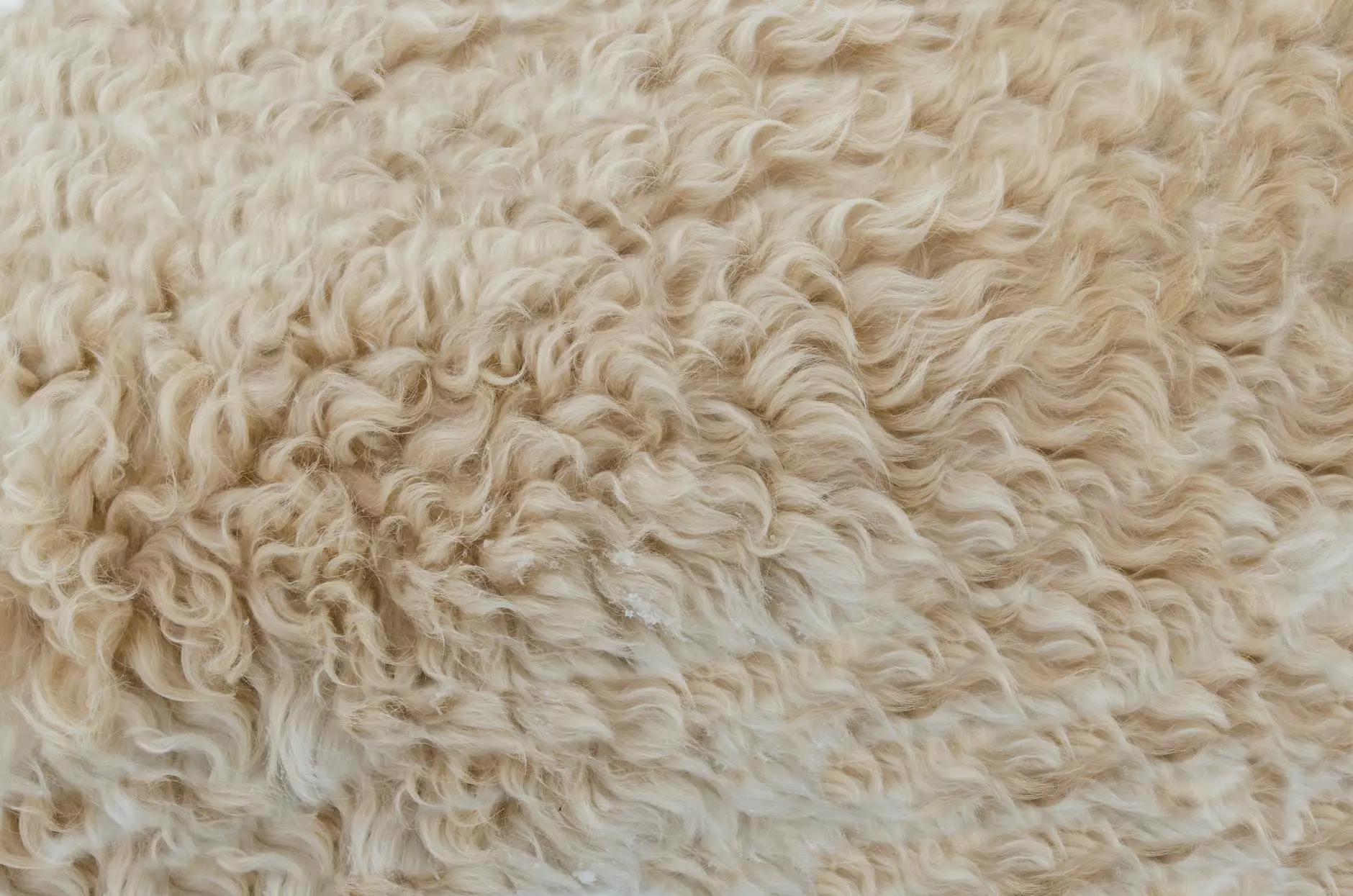Why Does Your Pup Have Dandruff?
Dog Care
The Dandruff Dilemma
As pet parents, we strive to provide the best care for our furry companions. However, sometimes our dogs can experience certain health issues, such as dandruff. Just like humans, dogs can develop dry and flaky skin that results in unsightly white flakes. In this blog post, we will dive into the reasons behind why your pup may have dandruff and provide you with valuable insights on how to treat and prevent it.
Understanding Dandruff in Dogs
Dandruff in dogs, also known as seborrhea, occurs when there is an overproduction of sebum, the oily substance secreted by the skin. Sebum plays a crucial role in keeping the skin moisturized, but excessive production can lead to skin irritation and dandruff formation. It's important to note that dandruff can be a symptom of an underlying health issue, so it's always recommended to consult with a veterinarian for an accurate diagnosis.
Common Causes of Dandruff
Several factors can contribute to the development of dandruff in dogs. Here are some of the most common causes:
- Dry Skin: Just like humans, dogs can experience dry skin due to various reasons, including weather changes, allergens, or improper grooming.
- Dietary Issues: Poor nutrition or food allergies can lead to skin problems, including dandruff.
- Parasites: Fleas, ticks, and other parasites can cause excessive itching and scratching, leading to skin irritation and dandruff.
- Underlying Medical Conditions: Certain medical conditions, such as allergies, hormonal imbalances, or skin infections, can manifest as dandruff in dogs.
- Environmental Factors: Exposure to harsh chemicals, irritants, or excessive bathing can disrupt the natural balance of your dog's skin, resulting in dandruff.
How to Treat and Prevent Dandruff
Now that we understand the causes, let's explore effective ways to treat and prevent dandruff in dogs:
1. Proper Grooming
Maintaining a regular grooming routine is essential for promoting a healthy coat and preventing dandruff. Brushing your dog's fur not only removes loose hair and dead skin cells but also stimulates the production of natural oils that keep the skin moisturized. Make sure to use a high-quality dog brush suitable for your pup's coat type.
2. Balanced Nutrition
A nutrient-rich diet is crucial for maintaining your dog's overall health, including their skin and coat. Ensure that their food contains essential fatty acids, such as omega-3 and omega-6, which help nourish their skin and reduce inflammation. Consult with your veterinarian for personalized dietary recommendations.
3. Regular Bathing
Bathing your dog regularly helps remove dirt, allergens, and excessive oils from their skin. However, avoid over-bathing as it can strip away the natural oils, further drying out the skin. Use a mild, hypoallergenic dog shampoo specifically formulated for sensitive skin.
4. Flea and Tick Prevention
Keeping your dog protected from parasites not only prevents discomfort but also reduces the risk of skin irritation and dandruff. Use veterinarian-recommended flea and tick prevention products and inspect your dog regularly for any signs of infestation.
5. Regular Vet Check-ups
Regular visits to your veterinarian are crucial for maintaining your dog's overall health and detecting any underlying medical conditions. Your vet can provide appropriate treatments or suggest further tests if necessary.
Conclusion
Dandruff in dogs can be a common concern, but with proper care and attention, it can be managed effectively. Understanding the underlying causes and implementing preventive measures will not only alleviate dandruff but also contribute to your dog's overall well-being. Remember, a healthy dog is a happy dog!
At Wisconsin Adventures, we prioritize the health and happiness of your furry friends. Stay tuned to our blog for more informative content on pet care and travel tips.



